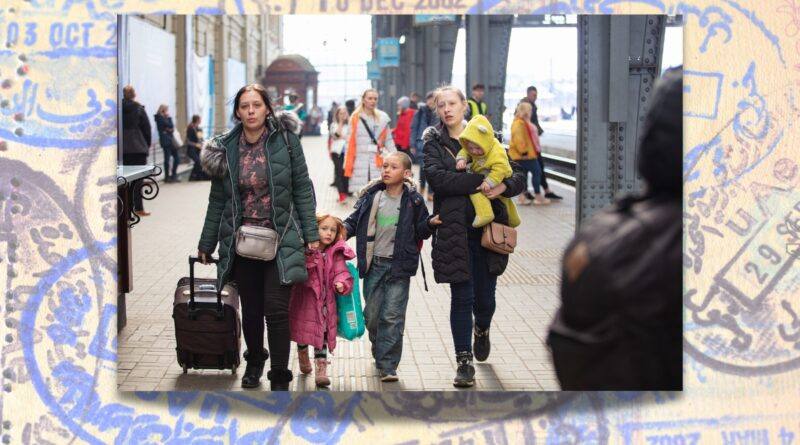Anatomy of Modern Immigration: Navigating New Horizons
Immigrating to a new country is not just a change of location but a truly transformative experience. It offers numerous benefits but presents significant challenges and potential side effects, shaping the lives of those undertaking it.
Cultural Shock
Adapting to a new culture, language, customs, and social norms can be overwhelming. Many immigrants experience confusion, disorientation, or isolation as they adjust to their new environment.
Homesickness
It’s essential to recognize that the longing for familiar surroundings, family, and friends is a common experience among immigrants. This sense of homesickness can lead to feelings of sadness, loneliness, and even depression, but knowing that others share these feelings can provide comfort.
Language Barriers
When an immigrant’s native language differs from the official language of their new country, communication challenges can arise. These barriers can affect their ability to work, socialize, and access essential services.
Economic Challenges
Finding employment, understanding the local job market, or dealing with differences in qualifications and work experience recognition can be daunting for immigrants. These economic challenges often add stress to the transition process.
Legal and Bureaucratic Hurdles
Navigating the legal requirements for residency, work permits, or citizenship can take time and effort. Dealing with unfamiliar laws and regulations adds another layer of difficulty.
Social Integration
Building a social network in a new country can be challenging. Immigrants may struggle to form friendships, connect with local communities, or feel accepted.
Health Concerns
Accessing healthcare, understanding the local healthcare system, and dealing with mental health issues exacerbated by stress and isolation are common concerns for immigrants.
Identity Crisis
Immigrants may face an identity crisis as they attempt to reconcile their original cultural identity with their new environment. This struggle can lead to confusion or a sense of not fully belonging to either culture.
Discrimination and Prejudice
Encountering discrimination, racism, or xenophobia is, unfortunately, a reality for many immigrants. These negative experiences can significantly impact their mental and emotional well-being.
Impact on Family Dynamics
Immigration can strain family relationships, especially when some members remain in their home country. Changes in roles and responsibilities within the family can lead to stress or conflict.
Educational and Career Adjustments
Adapting to different educational systems or retraining for new careers can be time-consuming and frustrating, especially when previous qualifications are not recognized.
Adapting to Climate and Environment
Moving to a country with a different climate or environment can impact physical health and well-being. Adjusting to extreme weather conditions, pollution levels, or shifts from urban to rural settings can be particularly challenging.
Despite these challenges, many immigrants successfully adapt and thrive in their new countries with time, support, and resilience. It is crucial to view these difficulties as opportunities for personal growth and development. This perspective offers hope and optimism for those facing similar transitions, encouraging them to persevere.
General Immigration Trends
Eastern to Western Migration
Historically, there has been a significant flow of people from Eastern countries (Asia, the Middle East, and parts of Africa) to Western countries (North America, Western Europe, and Australia). Better economic opportunities, political stability, and educational prospects in the West drive this trend. Countries like the U.S., Canada, the U.K., Germany, and Australia are popular destinations for immigrants from China, India, the Philippines, Vietnam, Pakistan, and other Eastern countries.
Western to Eastern Migration
While there is also a flow of Westerners to Eastern countries, it tends to be smaller. Specific factors such as business opportunities, expat assignments, retirement, or cultural experiences often drive it. Popular destinations for Western expats include Japan, South Korea, China, Singapore, the UAE, and Thailand. This migration is usually temporary, with many expats eventually returning to their home countries.
Ratio Estimates
The migration flow from East to West is generally much larger than the reverse. For instance, the number of immigrants from Asia to North America and Europe significantly exceeds that of Westerners moving to Asia or the Middle East.
In summary, immigration patterns today reflect a complex interplay of challenges and opportunities, with the flow from East to West continuing to outpace the reverse. Despite the difficulties, immigrants’ resilience and adaptability contribute to their new homes’ rich cultural and economic fabric.





My brother recommended I might like this web site He was totally right This post actually made my day You cannt imagine just how much time I had spent for this information Thanks